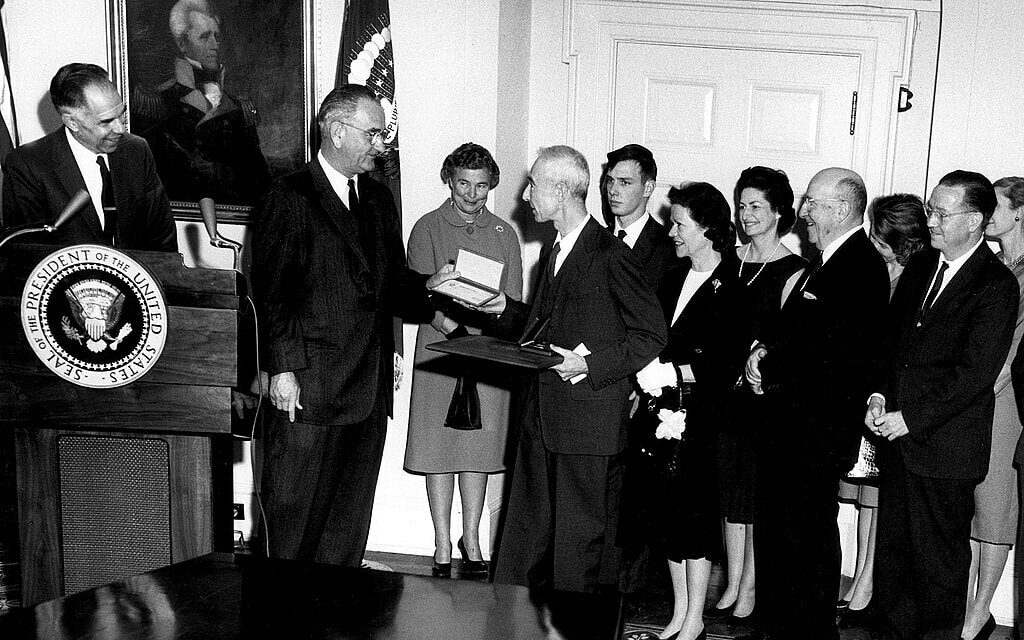Christopher Nolan’s film Oppenheimer (2023) had a formidable rival during the summer blockbuster season. The quiet story of J Robert Oppenheimer’s team developing the atomic bomb, his ‘after the fact’ horror of its use on two Japanese cities, and the scandalous hearings around his security clearance faced off with a bubbly blonde doll having an existential crisis and her beachy boyfriend Ken. Barbie, centered around the Mattel doll’s visit to the ‘real world,’ splashed across theaters in a beachy, pink wave. In three weeks, it earned $1.03 billion.
Nolan’s science epic flew past $500 million in the same period. For two weeks it grossed only behind Barbie‘s unexpectedly profound tale. Nolan’s film offered a series of moments in Oppenheimer’s life and scandals. But three hours isn’t enough to fully encompass the complicated theoretical physicist whose work quite literally changed the world. There is much more to Oppenheimer’s story.
The Movie that Made Oppenheimer (Even More) Famous

Christopher Nolan’s epic film Oppenheimer shows flashes of Oppenheimer’s life from his student days to 1963 when he was awarded the Enrico Fermi Award. He is shown dabbling in faculty labor organization, hanging out with Communists, his relationship with Communist and psychologist Jean Tatlock and botanist wife Kitty, and how he got wrapped up in the politicization of quantum physics.
While Nolan offers glimpses of Oppenheimer’s life in short bursts, it mainly focuses on his time at Los Alamos, his fraught relationship with US Atomic Energy commissioner Lewis Strauss and the nightmare hearings around his security clearance revocation. Central to the film is the development of the atomic bombs that decimated the cities of Hiroshima and Nagasaki, and his emotional turmoil in seeing how his team’s scientific innovation became a weapon of death and sparked a Cold War.

